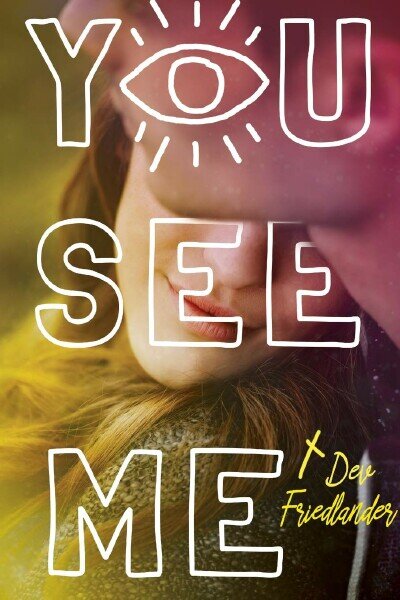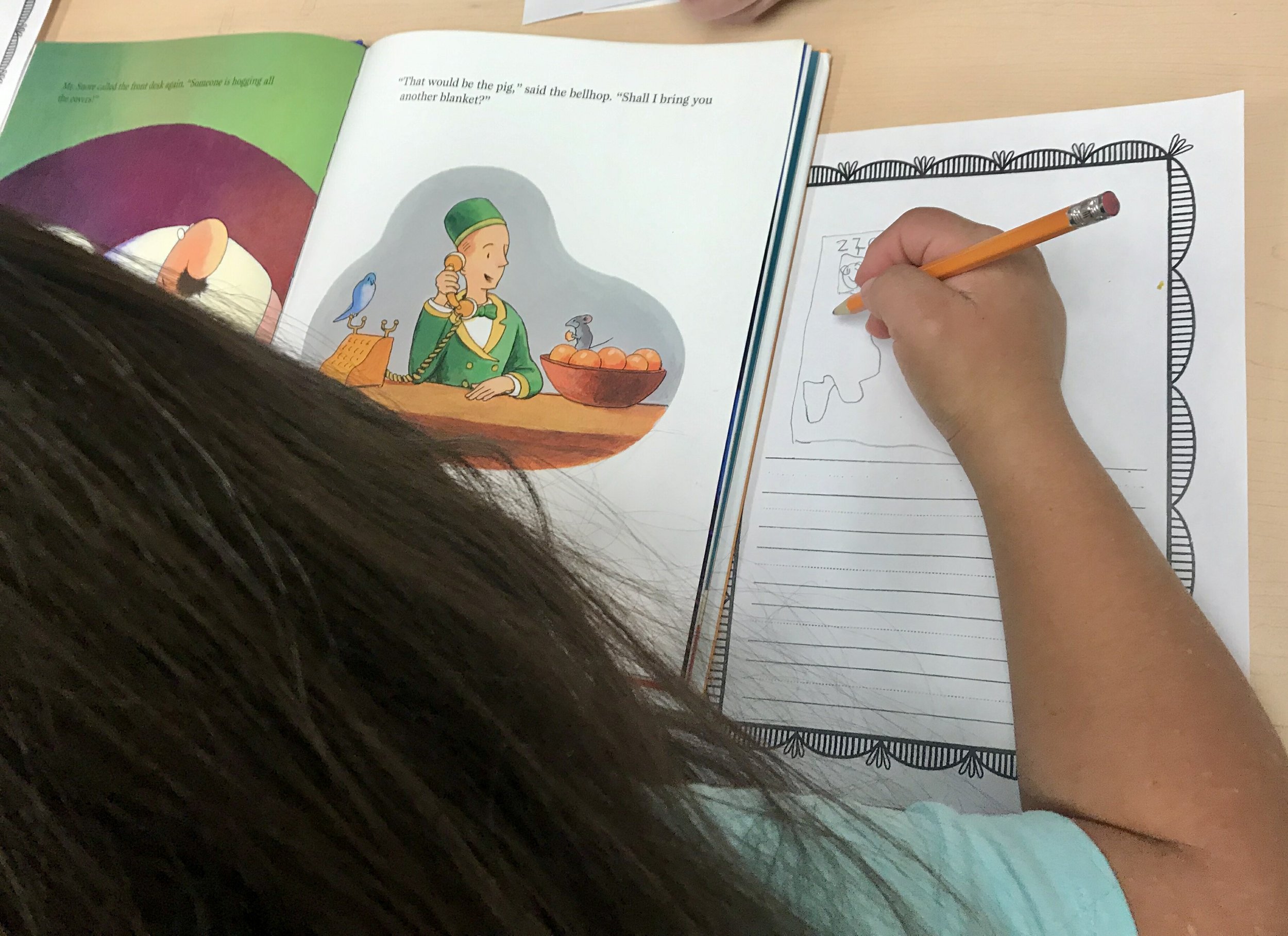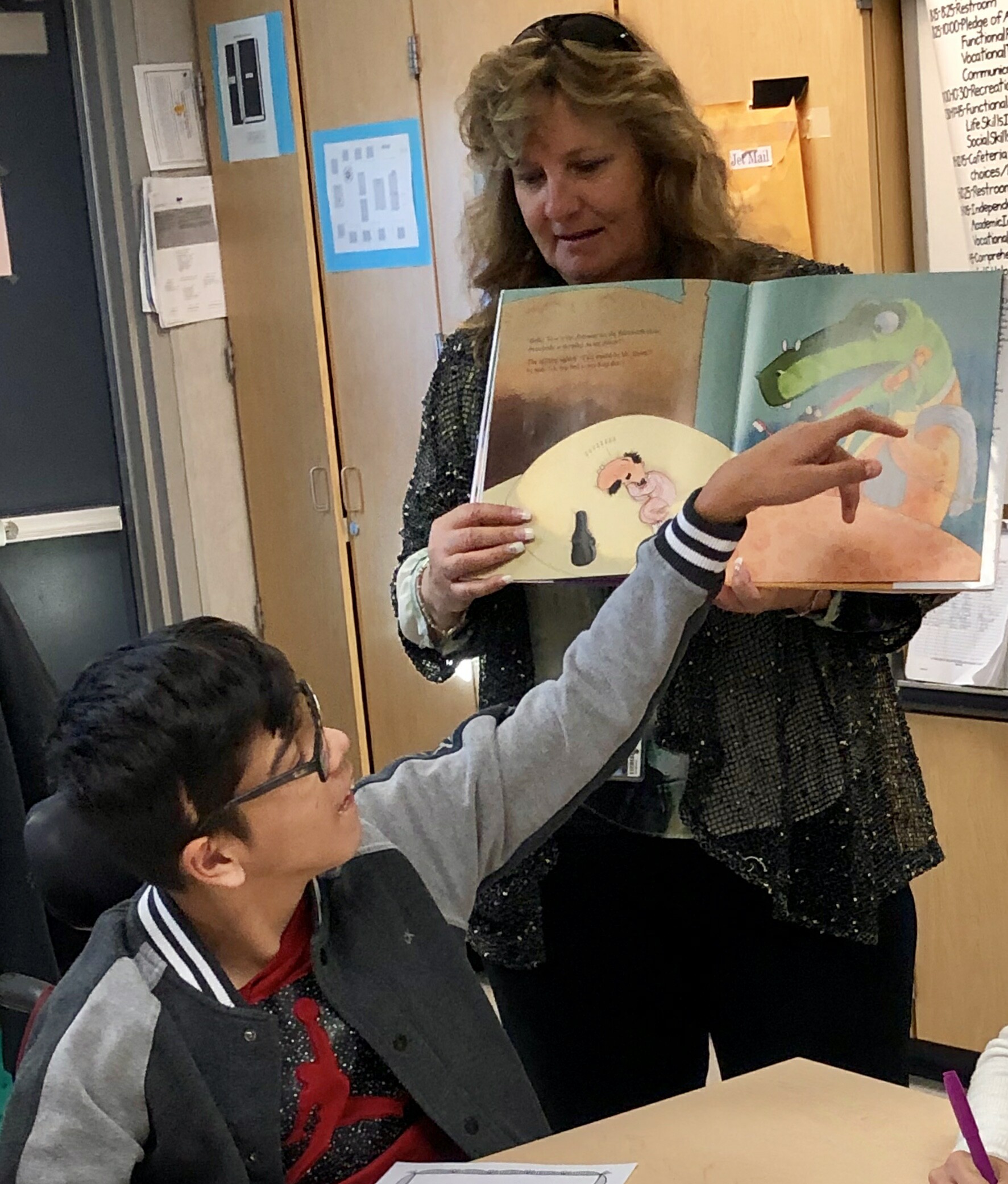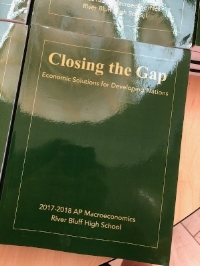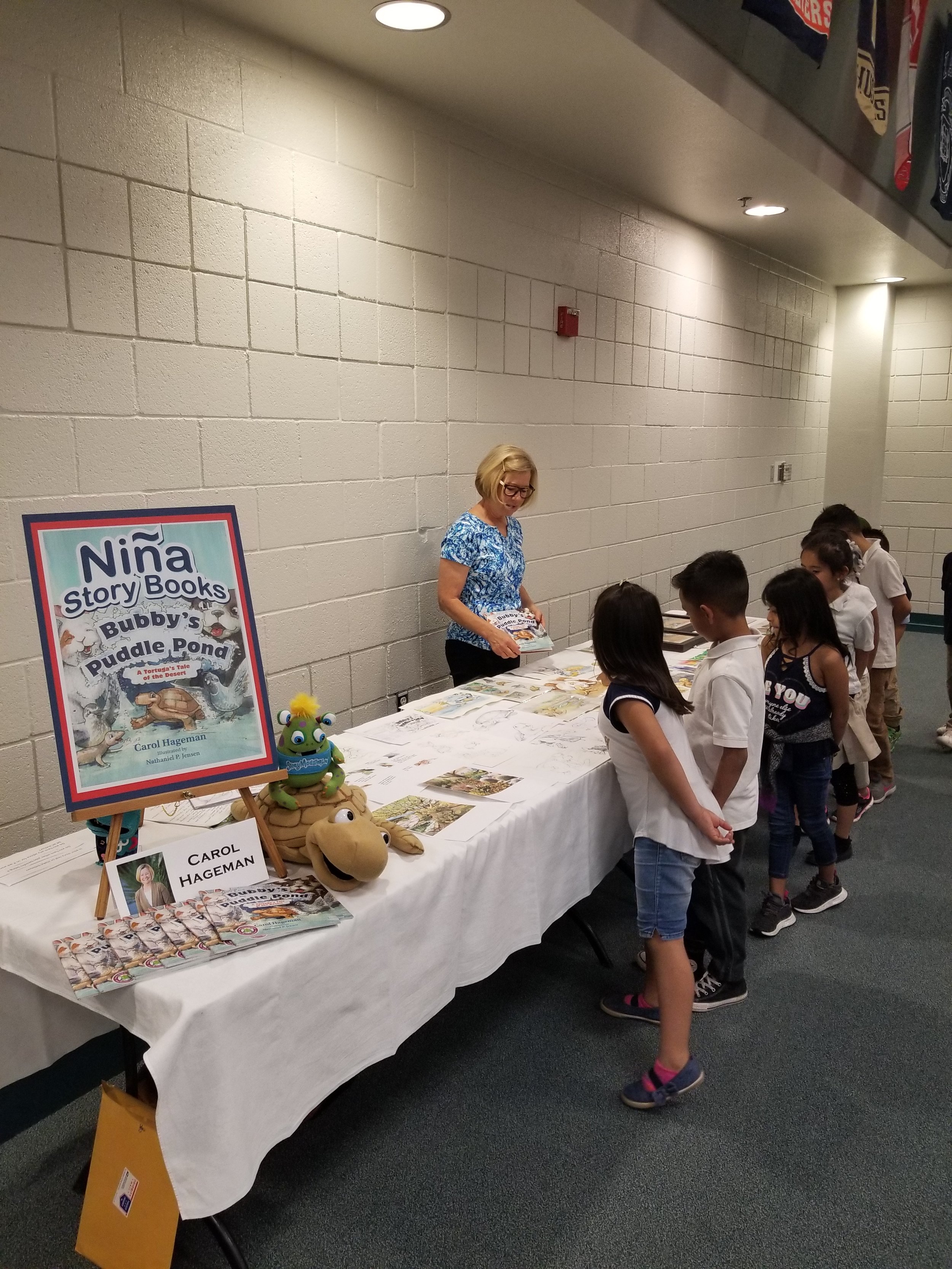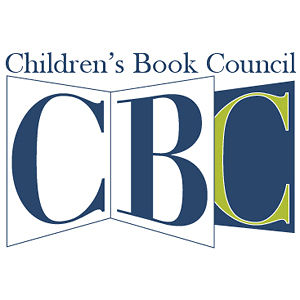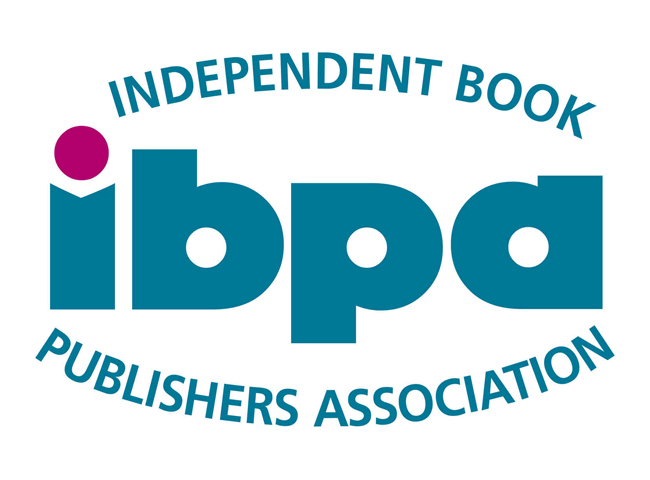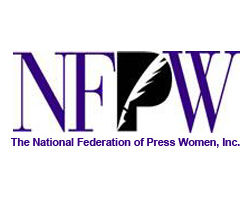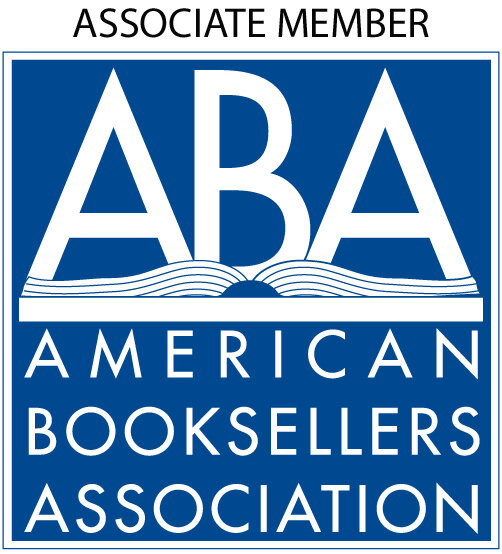Where did you grow up?
Carol: I was born in Brooklyn, New York, but moved to Rosedale, Queens when I was three years old.
Robin: New England – in Concord Massachusetts, outside of Boston.
Did you read a lot as a child?
Carol: I read a lot as a child. I began reading Nancy Drew with my best friend when I was six. We used to go to Woolworths and buy different books in the series, then trade them when we were finished reading. I soon began reading books my mother left around the house and ended up discussing them with my mother and grandmother. I read anything that was on the Times Bestseller List, I suppose. She only bought popular fiction.
Robin: As much as possible. I used to love reading up in trees near our home.
What were some of your favorite authors and books?
Carol: I remember loving Exodus, by Leon Uris, The Godfather by Mario Puzo, but as I got older my genres would change. When I was in my late teens I read only espionage books, Ian Fleming being my favorite. That kicked off a British year when I read everything by Orwell. I gravitated to science fiction by the end of my teens and read a lot of Asimov, Blish, and other science-fiction authors.
Robin: I loved the Bill Peet books, especially The Wump World and The Little House on the Prairie series, especially when Laura Ingalls was especially rascally.
What did you want to be when you grew up?
Carol: I wanted to be an actress, but knew that was unlikely. I put all my energies into being a teacher.
Robin: An architect – I loved building forts and tree houses when I was little.
Tell us about some of the jobs you’ve had before you became a writer.
Carol: I worked in various retail stores that included jewelry, hardware, paint, clothing, and electronics. I babysat. I tutored other kids in my high school. I now run a global transportation company with my family.
Robin: I’ve been an elementary school teacher for over 25 years, and a mindfulness instructor for the past 5 years. When I was younger, I loved working as a camp counselor and lifeguard in the summer.
How did you get started writing?
Carol: My kids asked me to bring in a story for a family competition and then helped me publish it.
Robin: I had a marvelous teacher in 2nd grade who encouraged us to write books of poetry. That is when I first started. As an adult, I wrote my first manuscript when my daughter was an infant and I was a stay-at-home mom for 5 years.
Why do you write books?
Carol: When I completed my first book, I realized it wouldn’t sell without creating a brand. I then built my brand by trying different genres ranging from picture books, to fiction and nonfiction, as well as early reader chapter books and adult fiction under another pen name. Mindfulness for Kids is the first book I was actually asked to write.
Robin: I love sharing ideas and stories!
What do you like best about writing?
Carol: I love every aspect of writing, from creation to watching the reviews come in. It is emotionally satisfying and as exciting as having a new baby come home. I love it so much, I wrote a book on how to get published that ended up spawning three different blog radio shows and a magazine called Indie Author’s Monthly.
Robin: I love the freedom to get my thoughts and ideas created into the written word.
What do you find the most challenging about writing?
Carol: Making sure the books go out as mistake-free as possible. I do at least three edits, but pesky errors come up every now and then.
Robin: Finding the time to write, uninterrupted.
What do you think makes a good story?
Carol: Good stories are different for everyone. I think the most important element is making it universal enough that people can identify with the characters and feel what they are going through.
Robin: When people write about something they are passionate about, something that involves a variety of perspectives, emotions, and deep thought, it often makes for a good story.
Where do you get your inspiration?
Carol: I got the inspiration for The Treasure at Snake Island from a beautiful sunrise I witnessed on my way to the office. I wrote Oh Susannah based on a busy blogger’s response in a note. My kids and grandchildren always inspire me.
Robin: From my students (ages 3 to 21), and my own children.

